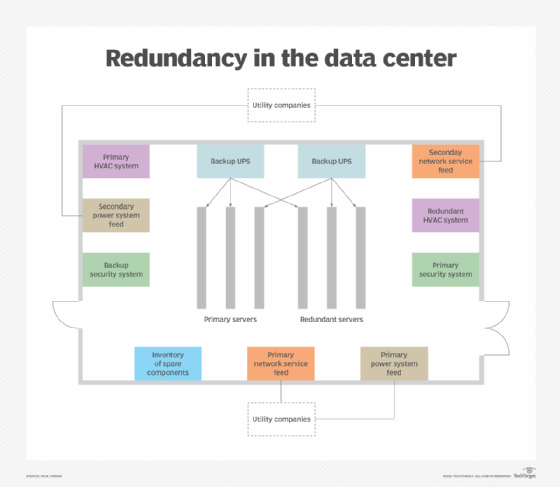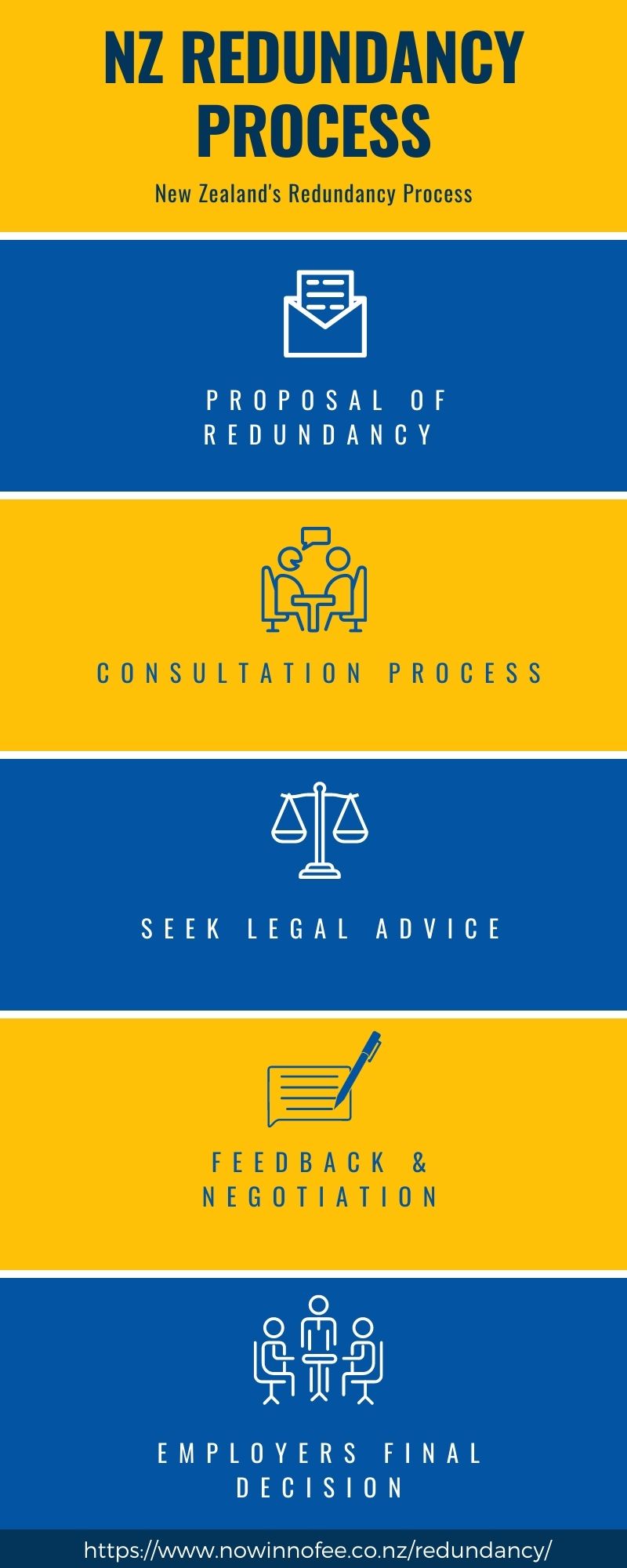What Happens to Redundancy If Company Goes Bust? A Guide to Your Rights
What Happens to Redundancy If Company Goes Bust? A Guide to Your Rights
Blog Article
Examining the Interplay In Between Company Redundancy and Business Versatility for Future Growth
In the vibrant landscape of today's organization world, the detailed connection in between company redundancy and business adaptability arises as a vital element for continual development and success. Business often deal with the difficulty of striking a fragile balance between preserving a degree of redundancy to mitigate risks and cultivating adaptability to respond quickly to the ever-evolving market needs.
Significance of Firm Redundancy
Company redundancy is a vital element that enhances organizational durability and minimizes functional risks. By integrating redundancy actions within the organizational framework, business can much better withstand unanticipated interruptions and fluctuations in business setting. Redundancy serves as a critical barrier, enabling business to adapt and respond effectively to unexpected challenges without jeopardizing important operations.
One trick element of the value of business redundancy is its function in guaranteeing continuity throughout times of dilemma. When faced with sudden changes or emergency situations, repetitive systems, resources, or personnel can tip in to keep vital functions and prevent widespread disturbances. This connection not only safeguards the firm's online reputation and client count on but additionally lessens monetary losses and operational downtime.

Methods for Business Adaptability

An additional essential method is purchasing technology and infrastructure that can support flexibility and scalability. Executing digital devices, automation, and information analytics can simplify operations, improve efficiency, and supply beneficial understandings for informed decision-making. Furthermore, producing versatile business frameworks that enable quick modifications to market characteristics and consumer demands is vital for remaining affordable in a swiftly developing setting. By proactively identifying potential disruptions and chances, companies can proactively grow and adjust in an ever-changing business landscape.
Balancing Redundancy and Versatility
Accomplishing a harmonious equilibrium between functional redundancy and business flexibility is vital in navigating the complexities of a dynamic business environment. Redundancy within a company provides a safety and security web, guaranteeing continuity and security in procedures. Nonetheless, an extra of redundancy can lead to inadequacies and impede adaptability to transforming market conditions. On the other hand, business versatility allows firms to react quickly to outside interruptions and seize brand-new chances. Striking the best balance between redundancy and flexibility is a delicate process that needs a deep understanding of the company's goals, sector dynamics, and threat tolerance.
To accomplish this equilibrium, companies need to perform normal assessments of their procedures to recognize areas where redundancy is essential for threat mitigation and where adaptability can drive development and growth. Implementing flexible structures, fostering a culture of continuous understanding and improvement, and urging open interaction throughout all degrees of the company are vital strategies to balance redundancy and flexibility effectively. By straightening these two essential aspects, business can position themselves for sustainable development and success in an ever-changing service landscape.
Instance Research Studies on Adaptation Success
In taking a look at instances of successful business adaptation, it becomes evident that the interaction in between operational redundancy and flexibility is a specifying consider shaping resistant organizations. One compelling study is that of Netflix. At first a DVD rental service, Netflix showed exceptional adaptability by transitioning right into a streaming platform when digitalization disrupted the sector. Going Here By tactically purchasing innovation and content production, Netflix not only endured however thrived in a quickly evolving market. One more standout example is Amazon. Beginning as an online book shop, Amazon continuously adjusted its business version, expanding right into diverse markets such as cloud computer and expert system. This versatility permitted Amazon to stay in advance of competitors and satisfy transforming consumer needs. Lastly, Adobe offers a significant picture of effective adaptation. The business changed from selling software application licenses to a subscription-based version, guaranteeing reoccuring income streams and improved customer interaction. These study highlight the value of operational redundancy combined with business flexibility in fostering long-term development and competition.
Building Strength for Future Development
Structure strength for future development needs a tactical positioning of functional procedures with market characteristics and emerging patterns. Companies must adjust to changing settings by promoting a society of versatility, technology, and continuous renovation.
Furthermore, cultivating strong partnerships with stakeholders, such Read Full Report as clients, staff members, providers, and the area, is crucial for maintaining and weathering unpredictabilities trust and assistance throughout rough times. Reliable communication and transparency play an essential role in building strength, as they help line up assumptions and facilitate partnership in browsing unpredictabilities.
Additionally, companies require to focus on knowing and advancement campaigns to upskill employees and equip them with the needed devices to adjust to changing situations. By buying their labor force, firms can boost their adaptability and agility, eventually enhancing their strength for lasting future development.
Conclusion

In the dynamic landscape of today's organization world, the detailed relationship in between company redundancy and business adaptability arises as an essential variable for sustained development and success. Companies commonly face the obstacle of striking a delicate equilibrium between preserving a degree of redundancy to reduce threats and fostering versatility to react swiftly to the ever-evolving market needs.To achieve this balance, firms need to perform regular assessments of their procedures to recognize areas where redundancy is required for threat mitigation and where adaptability can drive advancement and development.In conclusion, the interaction in between firm redundancy and organizational adaptability is vital for future development. Building durability with a mix of redundancy and flexibility will guarantee that business are prepared for the difficulties of the future.
Report this page